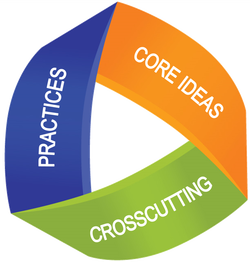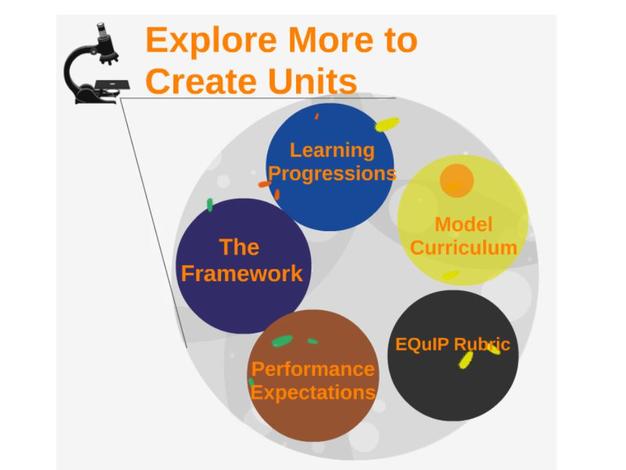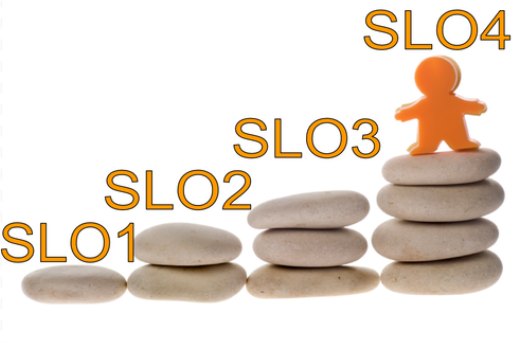Creating Instructional Units
Photo Source: Renee Beaucheane
Creating Instructional Units

Steps to Create NGSS Instructional Units
1) Create Guiding Questions using the Framework and Performance Expectations
2) Create Unit Overview using examples from Model Curriculum, NGSS Storylines, and other curriculum examples.
3) Identify the 3 Dimensions covered using NGSS Foundation Boxes in the NGSS and the Framework.
4) Create Assessments (formative and/or summative) based on Evidence Statements and Performance Expectations.
2) Create Unit Overview using examples from Model Curriculum, NGSS Storylines, and other curriculum examples.
3) Identify the 3 Dimensions covered using NGSS Foundation Boxes in the NGSS and the Framework.
4) Create Assessments (formative and/or summative) based on Evidence Statements and Performance Expectations.
6) Layer several SLOs that provide progressive experiences and build deep understanding, incorporating the 3 dimensions - using Performance Expectations as the goal to reach (NGSS Storylines, and Learning Progressions).
7) Unit Guide should include:
High school
Middle grades
Elementary grades
- Performance Expectations
- 3 Dimensions
- SLOs
- Phenomena to be investigated
- Suggested Activities
- Suggested Resources
- Benchmarks
- Rubrics
High school
Middle grades
Elementary grades


